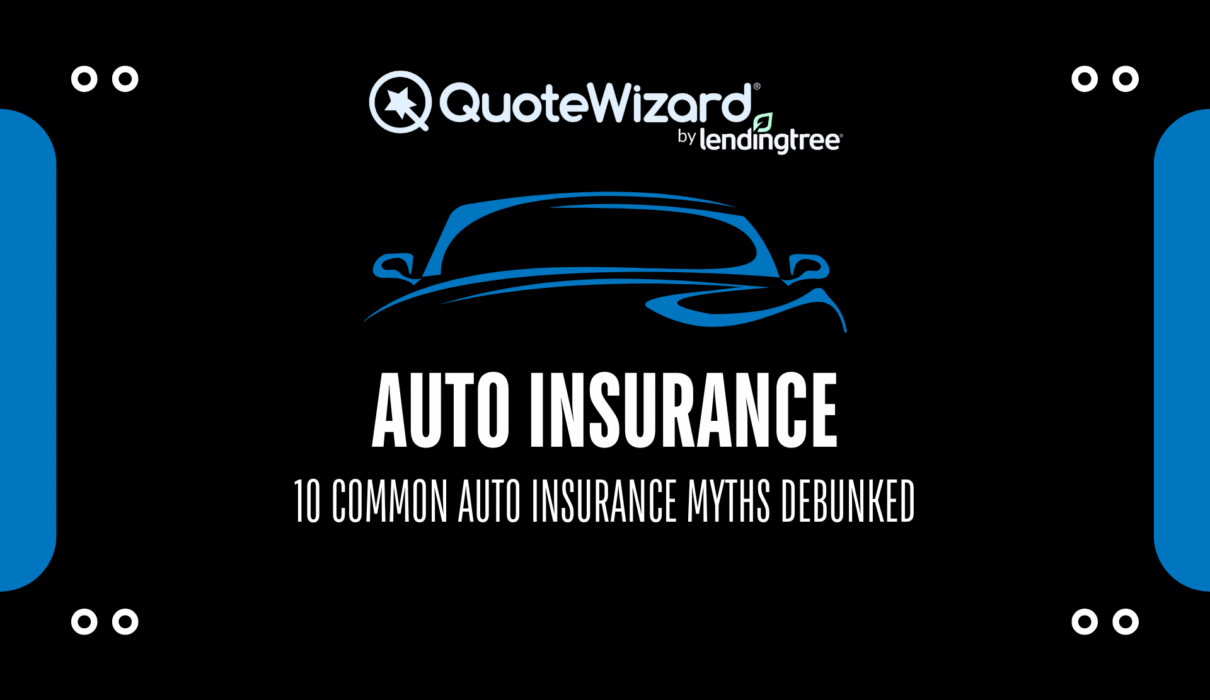Auto insurance is a crucial aspect of responsible car ownership, but with so many myths surrounding it, it’s easy to become misinformed. Understanding the facts about auto insurance can help you make better decisions when choosing coverage. Here are 10 common auto insurance myths, debunked for clarity.
1. Myth: Red Cars Are More Expensive to Insure
Many believe that the color of your car can impact your insurance premiums, with red vehicles thought to cost more. However, the color of your car has no bearing on the cost of your insurance. Insurance companies base premiums on factors like the car’s make, model, age, and safety features—not its color.
2. Myth: Your Auto Insurance Covers All Damages
While your policy may cover a variety of incidents, not all damages are included. Comprehensive and collision coverage may protect you in the event of accidents or non-collision incidents (like theft or vandalism), but other types of damage—like wear and tear—are typically not covered under standard policies.
3. Myth: Minimum Coverage is All You Need
Choosing the minimum required coverage by law may seem like a cost-effective option, but it often leaves you underinsured. Minimum coverage typically covers only the bare essentials, meaning you’ll have to pay out of pocket for any damages or medical expenses exceeding the limits.
4. Myth: Your Insurance Will Cover a Rental Car
In some cases, your auto insurance may cover a rental car, but it’s not guaranteed. If you plan on renting a car, check with your insurance provider or your rental agency to confirm whether your existing policy includes rental cars or if you need additional coverage.
5. Myth: Your Premiums Will Automatically Go Up After an Accident
While it’s true that some accidents can lead to an increase in premiums, not all accidents cause your rates to rise. If you’re not at fault, your insurer may not raise your rates, or the impact may be minimal. Additionally, some states have accident forgiveness programs that prevent a premium hike after your first accident.
6. Myth: Auto Insurance Only Covers the Driver
Auto insurance typically covers more than just the driver. Depending on the type of policy, it may also cover passengers, pedestrians, or other vehicles involved in an accident. If you’re involved in an accident while driving a friend’s car, your policy might extend coverage to the vehicle and its occupants.
7. Myth: Older Cars Don’t Need Full Coverage
Many people assume that older cars don’t require full coverage, opting for just liability insurance. However, even older cars can be costly to repair or replace after an accident, so it’s important to weigh the value of the vehicle against the cost of coverage. In some cases, maintaining full coverage may still be a wise choice.
8. Myth: All Insurance Policies Are the Same
Not all auto insurance policies are created equal. Coverage options, limits, and prices can vary significantly from one insurer to another. It’s important to shop around and compare policies to ensure you’re getting the best coverage for your needs at the most competitive price.
9. Myth: Your Credit Score Doesn’t Affect Your Premiums
In many states, your credit score is a factor in determining your auto insurance premiums. Insurance companies often use credit scores as a way to predict risk, and drivers with higher credit scores tend to pay lower premiums. To get the best rates, maintaining a good credit score can be as important as safe driving.
10. Myth: The Cheapest Policy Is the Best Option
While saving money on auto insurance is important, the cheapest policy may not offer the coverage you need. Choosing a policy solely based on price could leave you underinsured or exposed to greater financial risk. It’s crucial to strike a balance between cost and coverage to ensure you’re adequately protected.
Conclusion
Understanding the truth behind these common auto insurance myths can help you make more informed decisions when purchasing insurance. Rather than falling for misconceptions, take the time to review your coverage options and consider factors that truly impact your premiums and protection. This approach will ensure you get the best value and peace of mind while driving.


